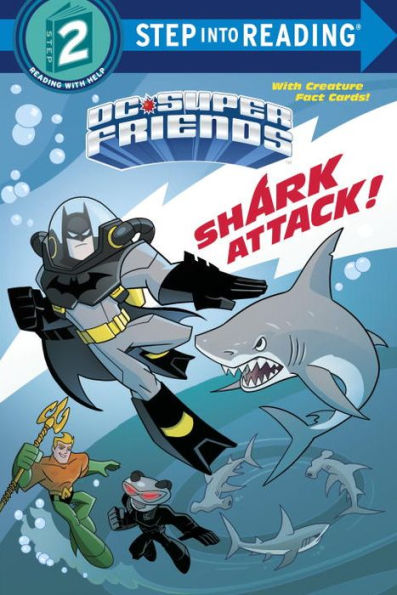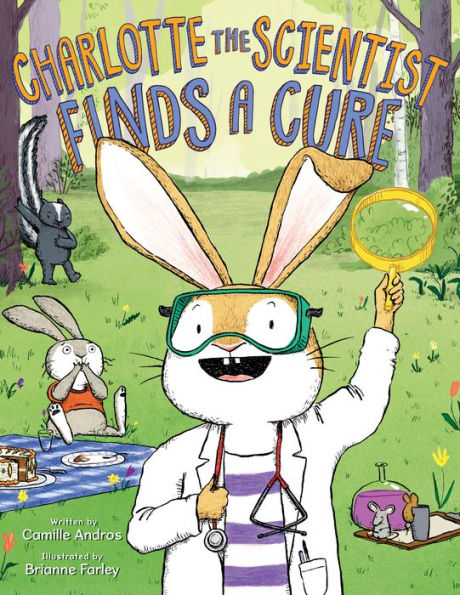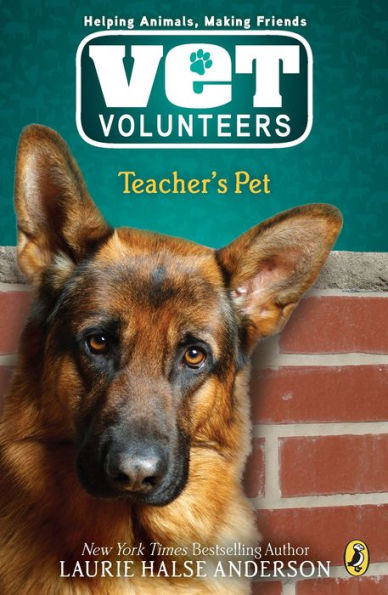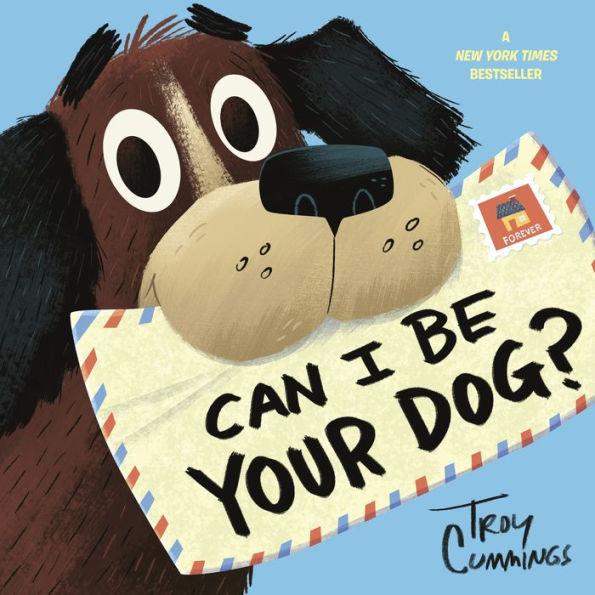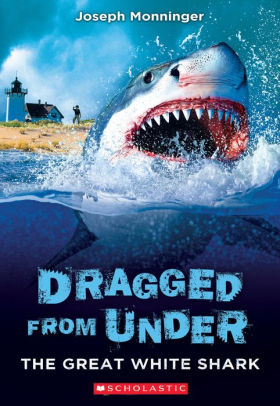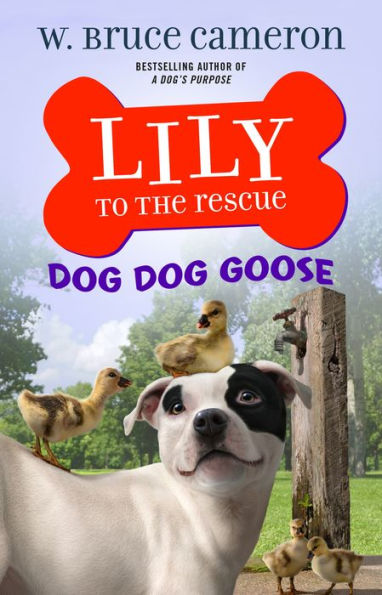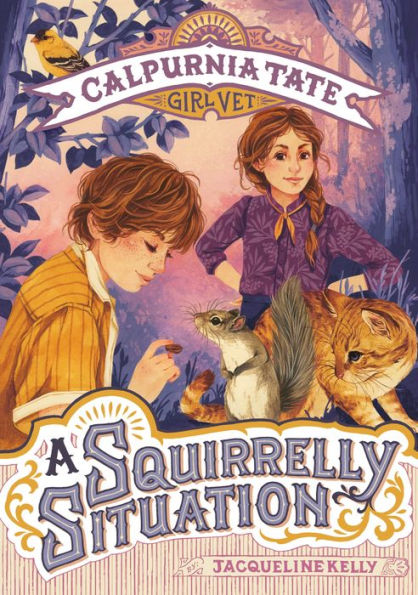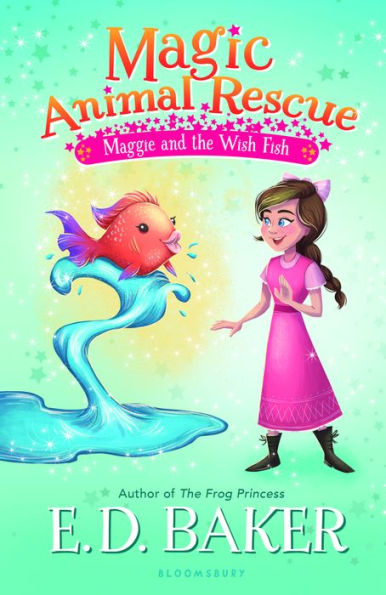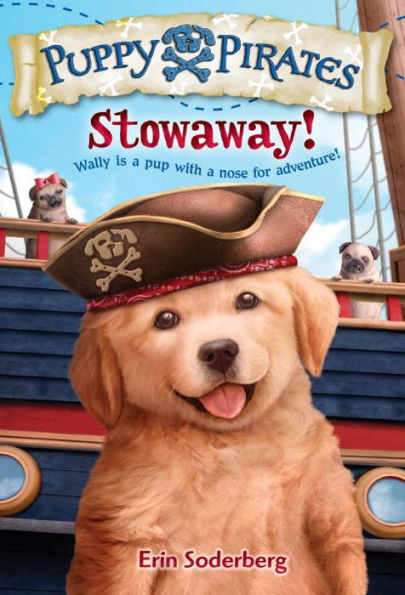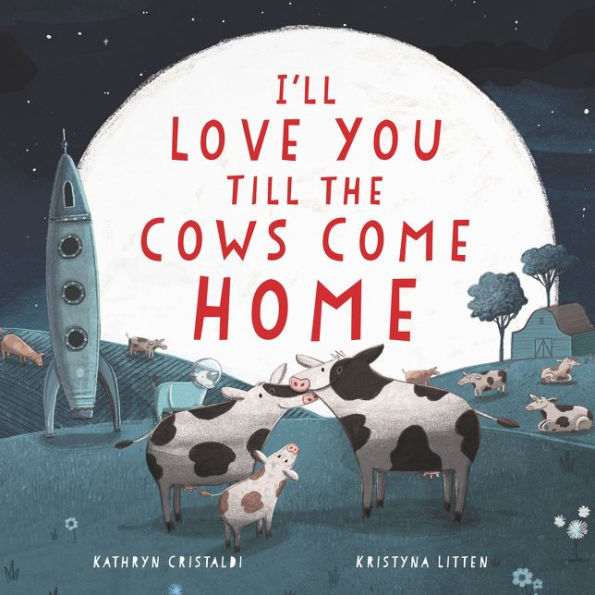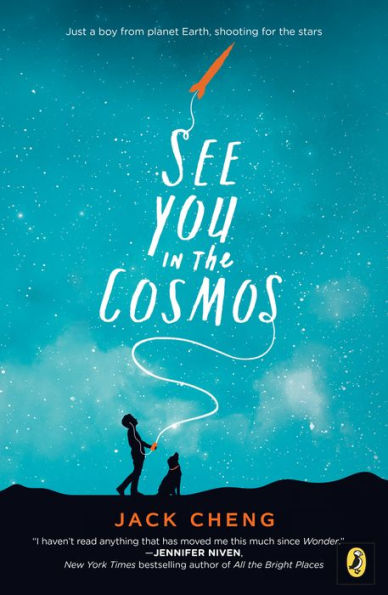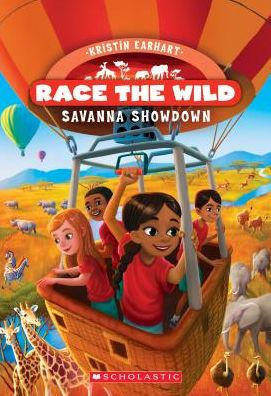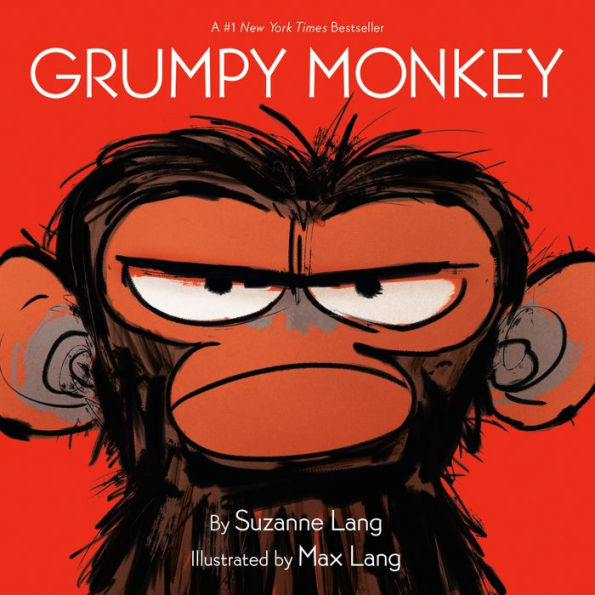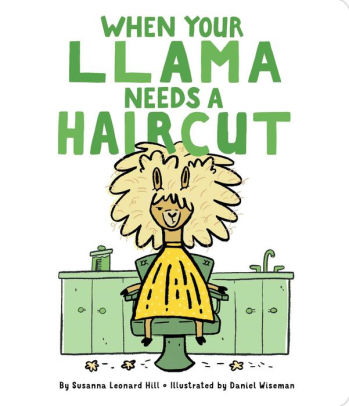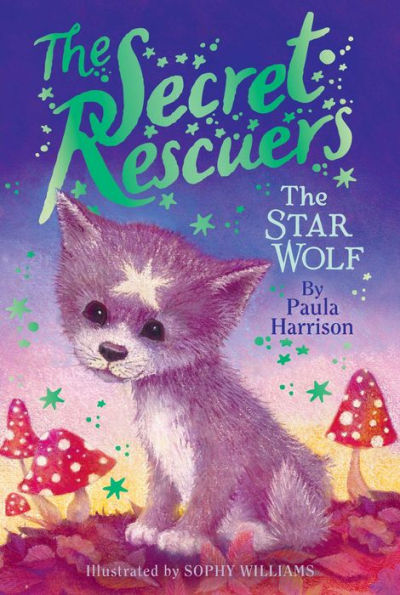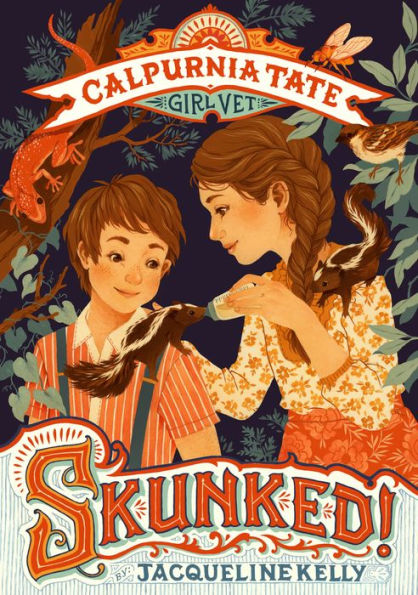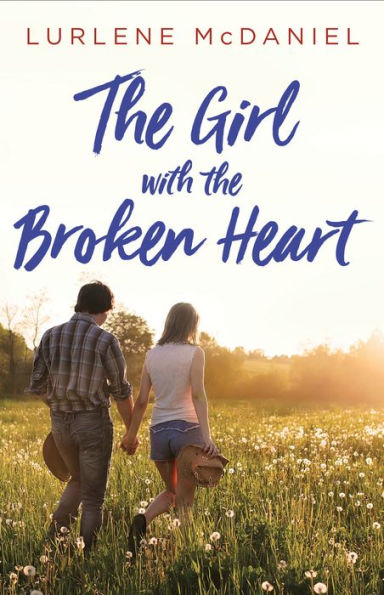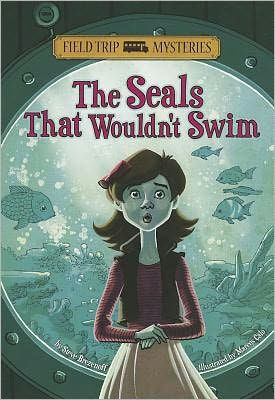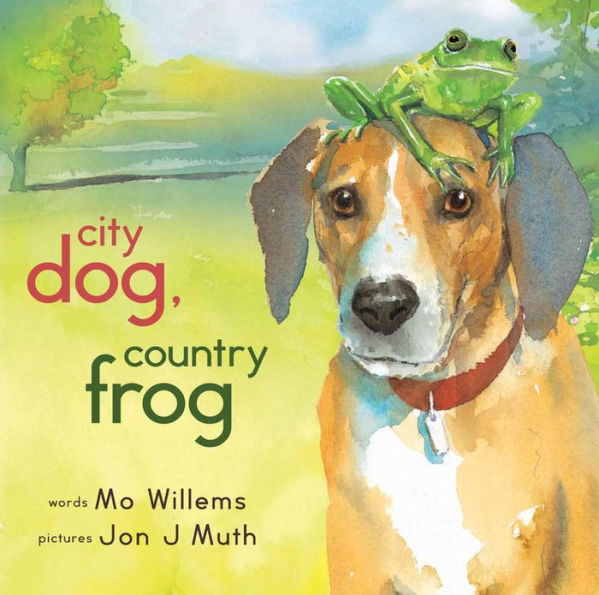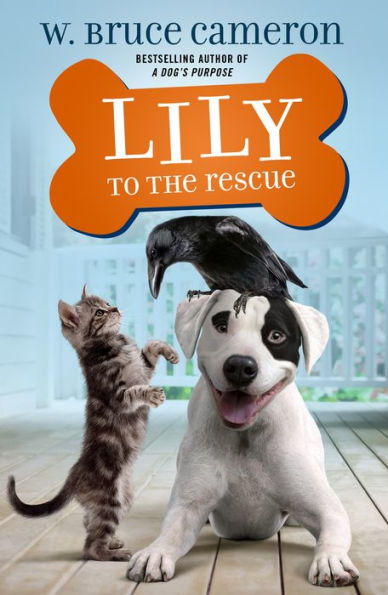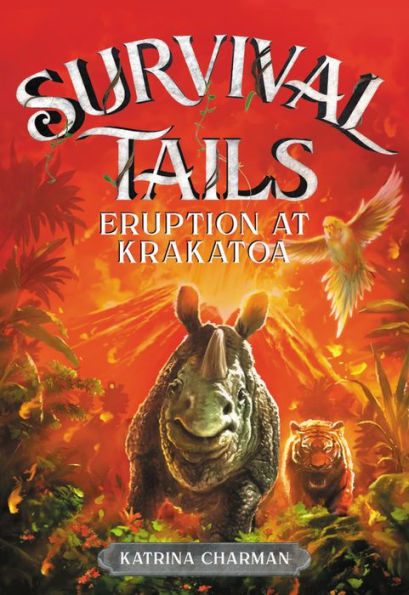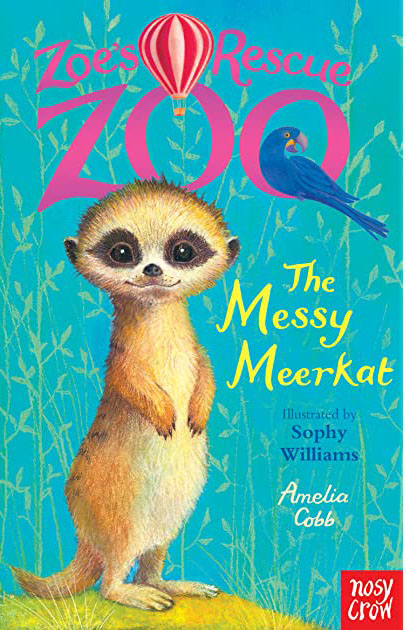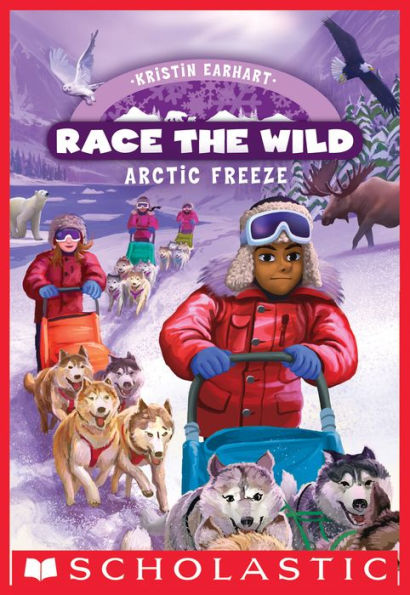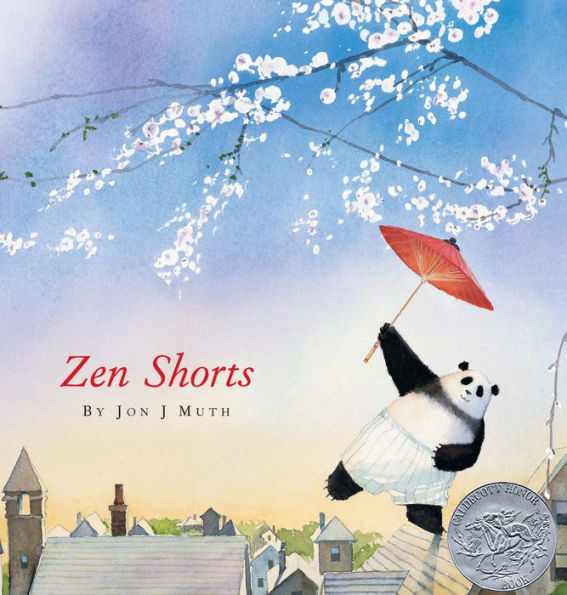Alex is a brilliant eleven-year-old, fascinated by space and astronomy. He has been working on building a rocket to launch his “Golden iPod” into space. After working at a local gas station sorting magazines in Rockview, Colorado, he saves enough money to attend SHARF, a rocket festival in Albuquerque, New Mexico.
On the way to SHARF, Alex meets Zeb who is an author that frequently meditates and has taken a vow of silence. By using a chalkboard to communicate, Zeb becomes friends with Alex and accompanies him to the rocket festival. On the day of the rocket launches, Alex’s rocket does not end up in space but crashes into the ground. While crying in disappointment, Alex is comforted by a fellow attendee who encourages Alex by telling him how his team went through many failures before finally succeeding. Alex learns, “Right now is the most important moment – how they react to failure. They could either let it stop them or they could redouble their efforts, figure out what went wrong, and fix their mistakes so they can make the next try a success.”
From Colorado to New Mexico, Las Vegas to L.A., Alex records a journey on his iPod to show other lifeforms what life on earth, his earth, is like. But his destination keeps changing. And the funny, lost, remarkable people he meets along the way can only partially prepare him for the secrets he’ll uncover—from the truth about his long-dead dad to the fact that, for a kid with a troubled mom and a mostly absent brother, he has way more family than he ever knew.
See You in the Cosmos is a heartbreaking and touching story of a child following his dreams and his unconditional love for his family. The story is told as a transcript of the recordings Alex makes on his “Golden iPod,” which he is determined to launch into space someday so extraterrestrials will know what life on Earth is like. The reader is given an opportunity to look at the world through the eyes of an eleven-year-old, which provides a new perspective on life’s challenging issues.
The novel follows Alex as he learns to cope with difficult family situations as a young child with a limited view of the world. Upon returning from his adventure, his mother gets diagnosed with schizophrenia, and Child Protective Services gets involved to determine Alex’s future. The reader forms an emotional connection to Alex, feeling empathy for the experiences Alex is facing while providing the reader a deeper understanding of how children interpret life’s events.
See You in the Cosmos provides an innovative story that will pull at the hearts of readers of all ages. Younger readers may miss the deeper meanings behind Alex’s journey. However, since this book is told from the perspective of an eleven-year-old boy, this novel could serve as a new way for children to learn to cope with difficult situations in life or help children understand situations that others, such as classmates, might be going through. This book will teach readers how to be themselves, what it means to be brave, and how to follow your big dreams.
Sexual Content
- Alex records the story of how his parents met saying, “They went to the top of Mount Sam on the tramway and when they got up there they looked out over all of Rockview and up at the stars and that’s when they have their first kiss.”
- Alex’s half-sister, Terra, tells him about a guy she is seeing. Alex asks her if she French-kissed him, and she responds, “Yes. We French-kissed.”
- Terra and Zed’s roommate, Nathaniel, were alone in Nathaniel’s bedroom and Alex sneaks in with his iPod saying, “I thought maybe they were French-kissing and I thought you guys might want to know what that sounds like.”
- Alex asks Terra what being in love means asking, “Is it wanting to French-kiss somebody?”
Violence
- Steve has a crush on Terra, and when he sees Terra and Nathaniel alone together, he punches Nathaniel. Terra says, “Oh god, he’s bleed–.”
- While climbing up a roof, Alex falls off the ladder and is impaled on a fence. Terra records on the iPod saying, “Just hearing his voice– I kept seeing him hanging over that fence.”
- Ronnie tells Alex the truth about their father. “Deep down he was selfish and abusive.” Alex responds, “Did he hit Mom with a hockey stick like Benji’s dad hit his mom?”
- Later in the conversation, Ronnie says, “Dad never hit Mom, at least that I know of. He never hit me either but he came really close once. . . He started yelling and undoing his belt and Mom was trying to shield me. . . Just ‘cause he never hit us doesn’t mean he wasn’t abusive in other ways.”
Drugs and Alcohol
- Terra explains why she did not attend college. She says, “Why go hundreds of thousands of dollars in debt when you’re competing against other people on an artificial standard or even worse, drinking and partying away four years of your life only to come out with a piece of paper that isn’t worth sh–.”
- Terra, Zed, and Zed’s two roommates all drink beer and vodka. Alex says, “I don’t know how you guys can drink that stuff because I tried a sip of one of Benji’s dad’s beers once and it was so gross.”
- Alex reflects on a party. Alex stayed in his room all night but he had to use the restroom, and he ran into a girl drinking from a red cup. He asked her what she was drinking and she responded, “Coke and vodka.”
Language
- Alex occasionally says “bleep” where individuals would normally curse in a sentence. For example, when he is at SHARF and sees the Southwest High-Altitude Rock Festival Banner and registration desk, he says, “HOLY bleep!”
- Terra and Alex discuss swear words, and Alex says, “One time in school, Justin Peterson who’s on the basketball team and his locker’s next to mine asked me, Do you even know any swear words? And I said, Of course, I do, DUH! and then I told him all the swear words and I said sometimes Benji and I even combine them into sentences like, Bleep the bleep bleep who bleeped on my bleep bleep bleeping bleeper.”
- Alex speaks into his recording saying, “Venice Beach was so huge, guys. I could see it even as we were driving up, and I said, Son of a beach! B-E-A-C-H.”
- Steve gets into an argument with Terra and yells, “You think I’m an idiot, don’t you? Well maybe I AM. Maybe it takes an IDIOT like me to tell Alex here how things work in the real world. An IDIOT who’s not just going to feed him a bunch of false hopes!”
- After the argument, Terra tells Alex, “Steve’s a jerk.”
Supernatural
Spiritual Content
by Paige Smith
